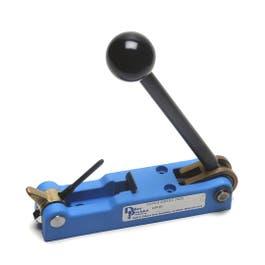I've used pretty much every method, as I process a ton of 5.55 brass to 223. I've found the style of crimp factors in too. The 4 stakes style seems to do better with swaging, and the ring style seems to do better with cutting. As in those methods work best for those styles.
I have a Dillon Super Swage 600, I've had an RCBS setup, etc, and I've tried all kinds of other things to include the press-mounted setups on a progressive.
The biggest issues I've had with the primer pocket reamers is that they dull very quickly and start doing a terrible job and require a lot more pressure to get the actual crimp cut out. If someone would make a carbide reamer, I think it might be just the ticket.
The actual best and most consistent method I've found, that requires the least effort and leaves the best result, has been using just a regular non-VLD chamfer tool chucked into a drill. I quick little zip to apply a slight bevel to the pocket is all that's needed. It removes the crimp and the bevel also allows for smooth locating and centering of the new primer, especially if priming progressively.
My Dillon just sits now and never gets used, which is sad, but I'm not going to keep using it when it doesn't give the best result. The biggest issue I've had with it is that while it does remove the crimp, the material around the opening of the pocket is still built up to the point the new primers have issues locating and centering properly and tend to get hung up every so often. It's very frustrating. I just don't have that issue with applying a bevel.
The only issue I have with the chamfer tool is it's obviously not completely consistent. It doesn't have the ability to bottom out, so you have to know when to stop. I'm not sure if it has any negative influence on anything, but it bugs me nonetheless lol. I've used a VLD chamfer tool, and it will indeed bottom out, but I've had issues with it not quite cutting enough material out and then the new primer doesn't always want to go in.
So until someone makes and sells a carbide primer pocket reamer, the regular chamfer tool will continue to be my method of choice.
Sorry for such a long drawn out reply



